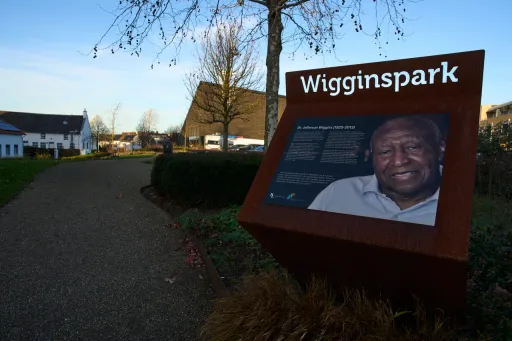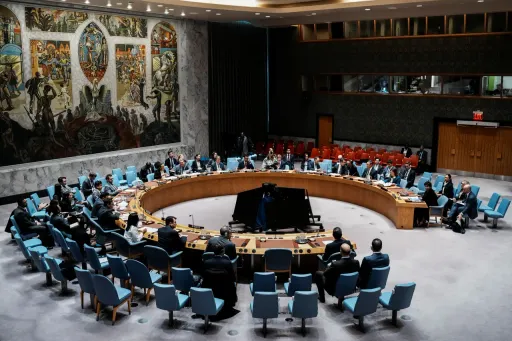By Staff Reporter
The Makonde tribe in Tanzania is known for its rich culture, history and art. Though its valuable art of carving appeared to be dwindling over the years, some artists like Sebastian Daniel Mbebe are trying to preserve it - for the community and for Africa.
Mbebe inherited the art from his father and grandfather. ''My activities are more based on social art. When I grew up, I found my family is into this culture. That is how I became a sculptor. I started with some small activities until I grew up as a craftsman,'' he told TRT Afrika.
Love it
He uses this art to tell African stories, preserve culture and boost tourism. ''It is part of the tradition and culture of the Makonde tribe,'' the artist says.
Carving is one the greatest parts of African culture and history. Sebestian Mbebe uses wood to make various sculptures - no clay, no metal.
''We do not use clay. We use trees, any type of tree, but mostly, we use African blackwood "Mpingo because it is a strong tree that stays for a long period of time. But sculpting it is easy,'' he says.
As he tries to save the dying art, Mbebe feels there is the need for Africans to revive their love for local art.
''For the domestic market, we are still motivating Tanzanians and Africans in general to love art. But mostly, we do rely on the market from outsiders,'' he says.
Tedious work
The work requires a lot of skills and patience because the artists are still using tools that are no so sophisticated. It takes months to produce a brilliant sculpture that appeals to local and international visitors.
''For instance, "Ujamaa" is six feet high. Therefore, if you work on it every day, it can take three, four, to five months, due to the environment and the tools we use,'' Mbebe explains.
He makes different sculptures to depict African life and culture. ''A mother is walking to the farm, she is carrying things, and there are things we use, like our traditional sieve and a plow,'' points out.
''It may be a mother cooking while looking at someone else, she tells him or her: 'Do not go there, I'm cooking food?' So, things like that. Most of the time, we do that to showcase the tradition and culture of Africa, especially of a specific tribe,'' Mbebe adds.
Although the Tanzanian artist is passionate about preserving African culture, he also takes the art as a business to enable him cater for his family including sending his children to school.
The Covid-19 pandemic had hit the global economy and shattered activities. The carving art was not an exception. But Mbebe says things were now beginning to improve.
''We have not yet stabilised financially. Our market as well has not yet settled, even the way our customers come, before corona is different.
No loss
After corona, the situation has been challenging, but we have not stopped. We are still continuing. We get a profit because we get little money, children go to school, life keeps on, and we thank God,''
Despite the challenges, Sebastian Mbebe believes the art gives him joy considering its economic and cultural value.
''My strengths come from art. So, speaking of the profit, yes we get profit, there is no loss in any work if you keep doing it daily,''
























